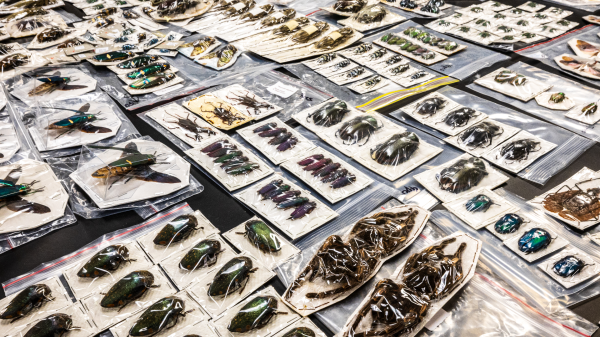Can innovation be measured? If so, how and why?
In a recently featured series on Slate magazine’s Future Tense channel, Daniel Sarewitz, co-director of the Consortium of Science, Policy and Outcomes, debates Konstantin Kakaes, a New America Bernard L. Schwartz Fellow, on whether the rate of innovation is increasing or can be measured at all. In the series, "Is Science Really Moving Faster than Ever?," Sarewitz reasons that research and development outcomes can and should be measured, whereas Kakaes asserts scientists should be permitted to work without the influence of outside pressures, such as outcome expectations.
Sarewitz counters by claiming, “scientific creativity and real-world problem-solving are both at their best when they can feed off of each other.”
This animated argument, which includes four entries in the series, two from Sarewitz and two from Kakaes, ran as a part of the Future Tense initiative. Future Tense is a collaboration among ASU, the New America Foundation, and Slate magazine that explores the ways emerging technologies affect society, policy and culture.
Access "Is Science Really Moving Faster than Ever?" by clicking the link below.
Article source: SlateMore ASU in the news

ASU makes progress toward establishing new medical school, could admit students by 2026

How to Make Urban Agriculture More Climate-Friendly
